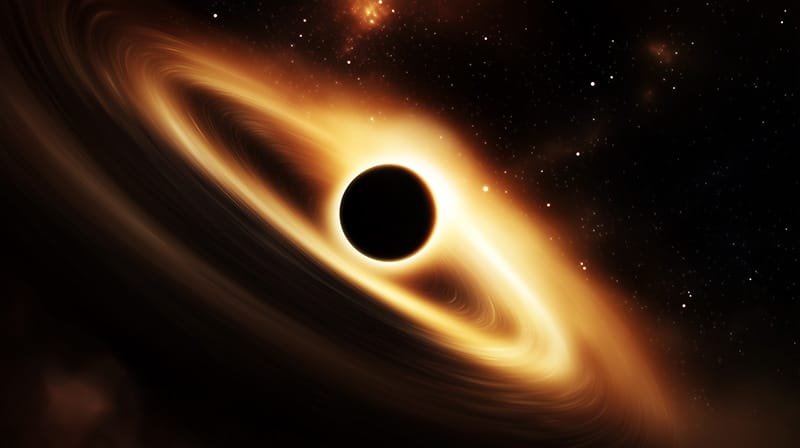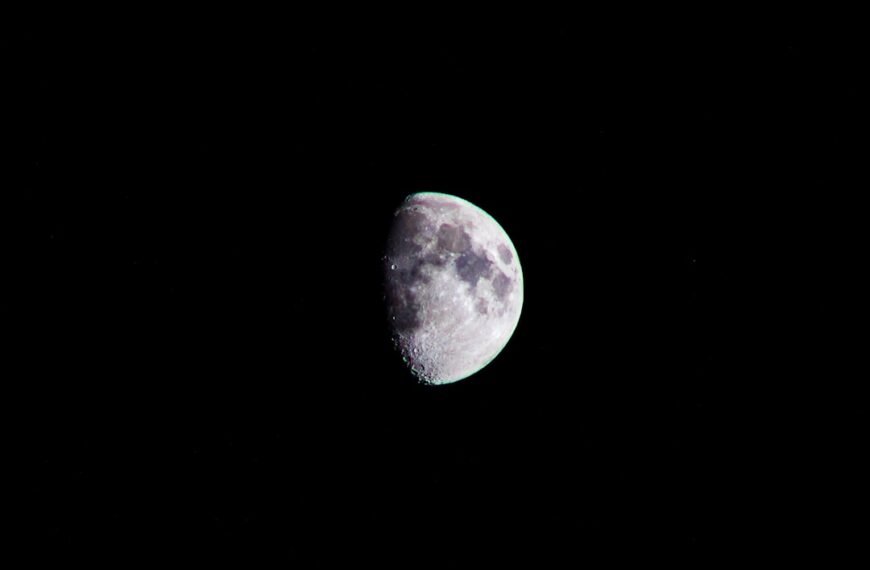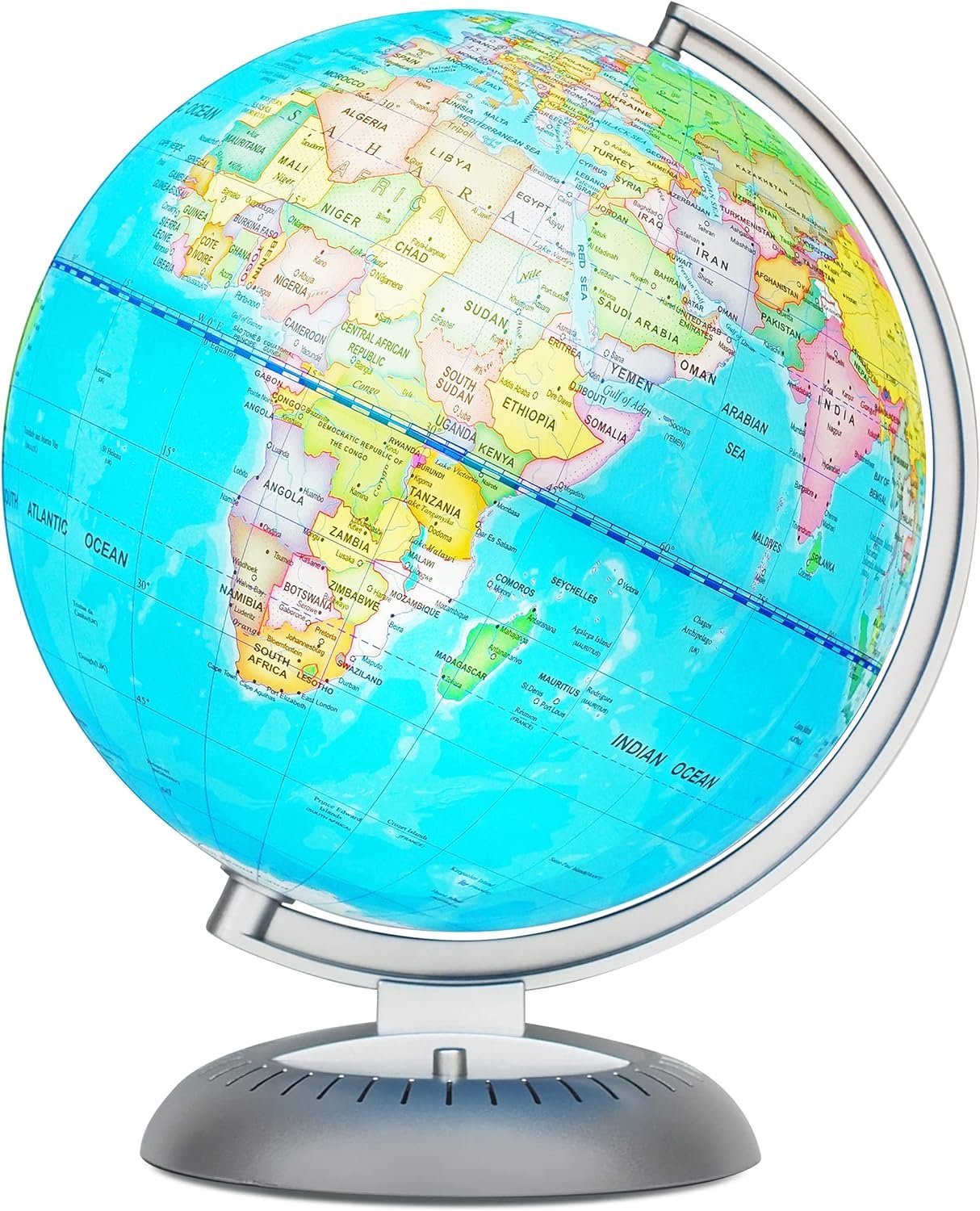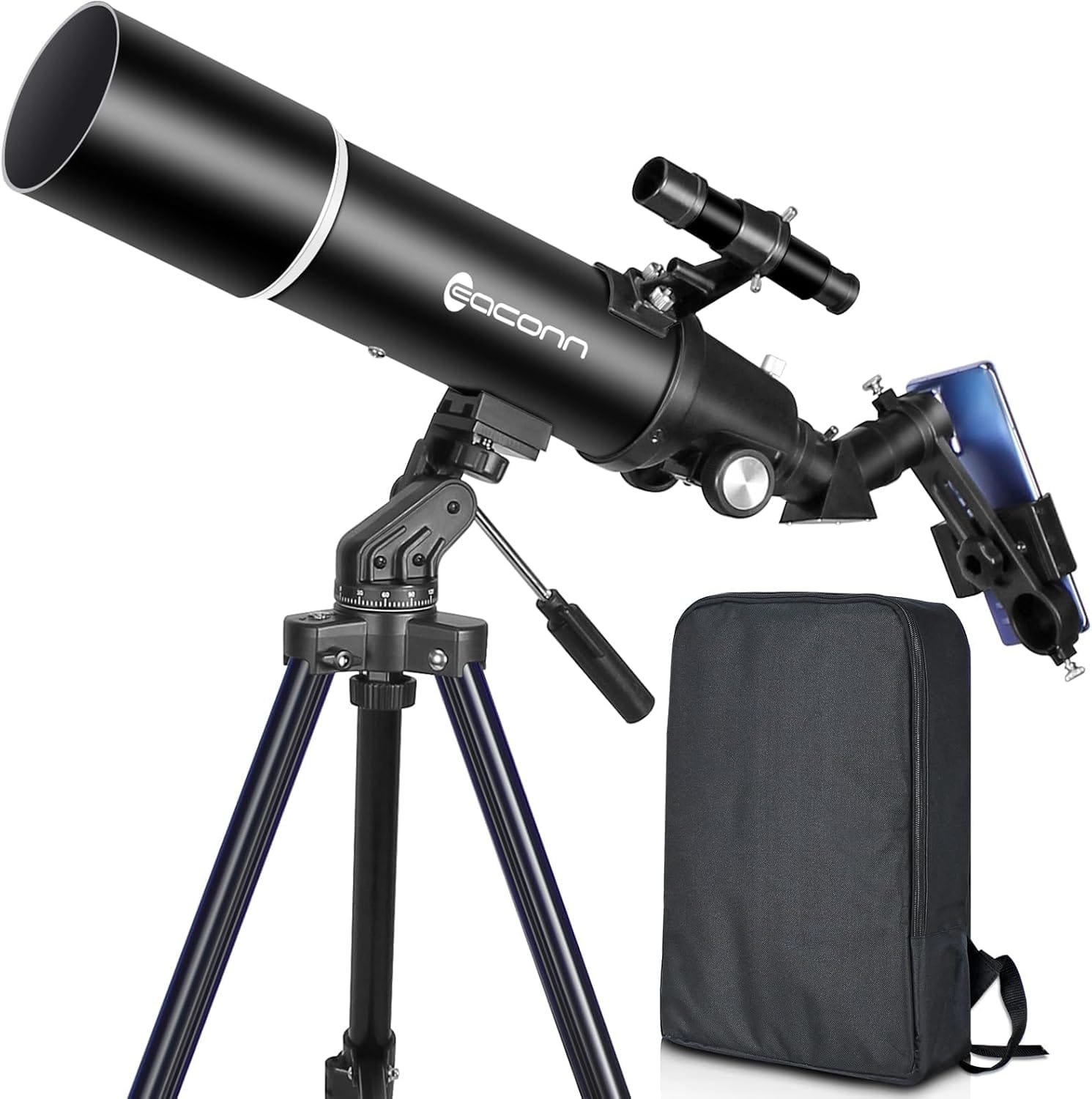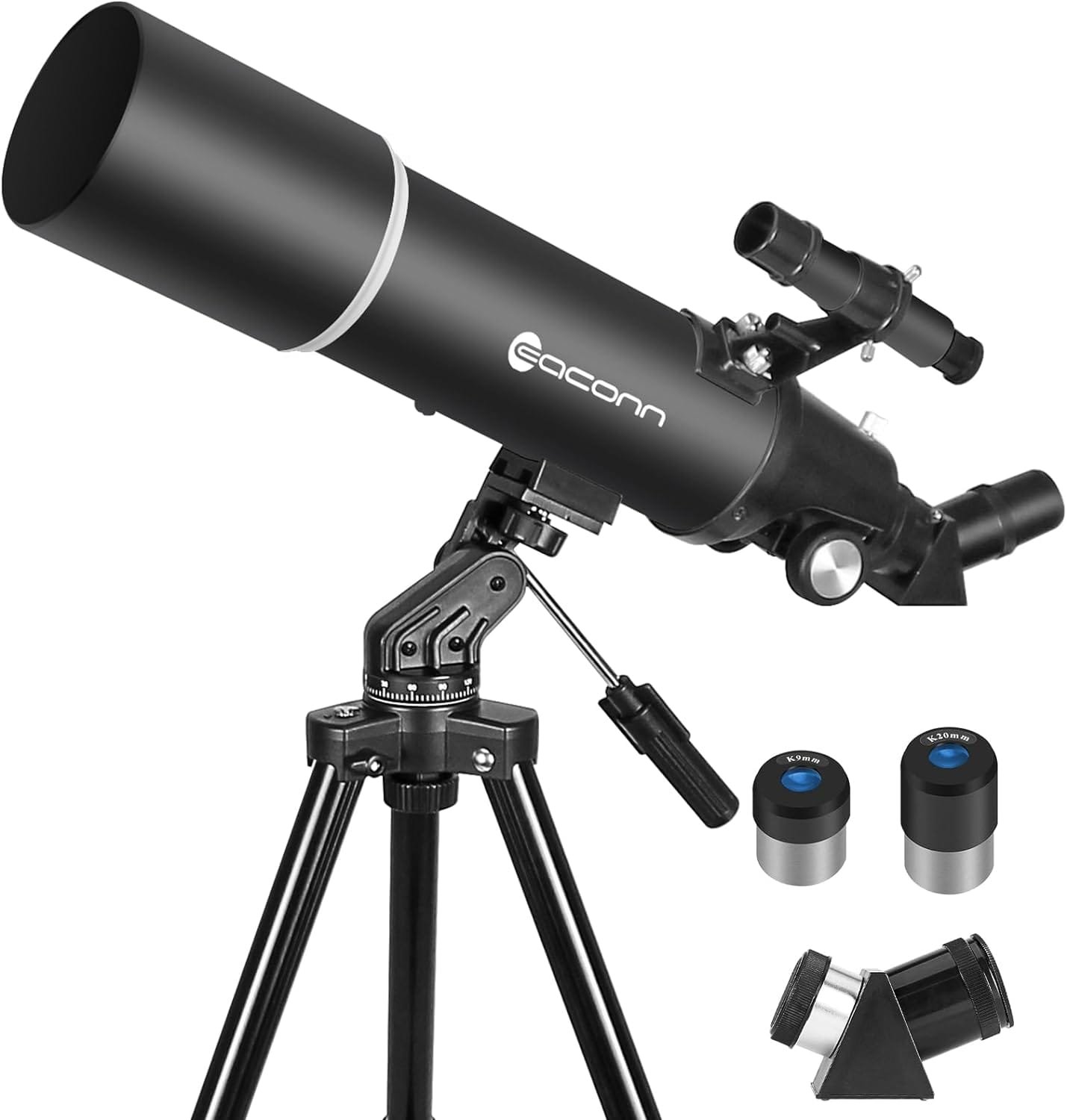Earth is round, confirmed by ancient and modern evidence. It appears flat due to perspective. Its shape impacts navigation, climate, and science.
The concept that Earth is round has been a fundamental understanding in science for centuries. Despite this, the perception of Earth’s shape can be misleading when observed from the ground. This blog post will explore why Earth appears flat from our perspective, delve into the scientific evidence supporting its roundness, and discuss the implications of Earth’s shape on our daily lives and scientific endeavors.
The Historical Perspective
Ancient Observations
The idea that Earth is round dates back to ancient Greece. Philosophers like Pythagoras and later Aristotle provided early evidence of Earth’s spherical shape. Aristotle observed that during a lunar eclipse, Earth cast a round shadow on the Moon, suggesting a spherical form. Additionally, travelers noticed that as they moved north or south, different constellations became visible, indicating a curved surface.
Modern Confirmation
In modern times, the roundness of Earth is confirmed through satellite imagery and space exploration. Astronauts aboard the International Space Station and other missions have captured stunning images of Earth, showcasing its curvature and beauty from space. These images provide undeniable evidence that Earth is not flat but a sphere.
Why Earth Appears Flat
Perspective and Scale
From our vantage point on the ground, Earth appears flat due to our limited perspective. Humans are relatively small compared to the vast size of the planet. An average adult stands about 5 to 6 feet tall, while Earth has a circumference of approximately 24,901 miles (40,075 kilometers). This immense scale difference means that the curvature of Earth is not easily visible from the ground.
The Horizon Effect
When standing on a flat surface, the horizon appears as a straight line. This is because the curvature of Earth is so gradual that it is imperceptible over short distances. The horizon is only about 3 miles (4.8 kilometers) away for an average person standing at sea level. This limited view does not allow us to see the curvature, much like a tiny fly on a large ball cannot perceive the ball’s roundness.
Seeing the Curvature

High Altitude Views
To observe Earth’s curvature, one must gain altitude. Commercial airliners, flying at altitudes of around 35,000 feet (10,668 meters), offer passengers a glimpse of the curvature, especially when looking out over vast expanses like oceans or deserts. Pilots, with their forward-facing view, often have a better perspective of this curvature.
Space Exploration
The most definitive way to see Earth’s roundness is from space. Satellites and space missions provide a comprehensive view of Earth, clearly showing its spherical shape. These images are crucial for scientific research and have been instrumental in understanding Earth’s climate, weather patterns, and geography.
Earth’s True Shape: An Oblate Spheroid
The Equatorial Bulge
While Earth is generally referred to as a sphere, it is more accurately described as an oblate spheroid. This means it is slightly flattened at the poles and bulging at the equator. This shape results from Earth’s rotation, which causes centrifugal force to push outwards at the equator.
Topographical Variations
Earth’s surface is not perfectly smooth. Mountains, valleys, and ocean trenches create variations in Earth’s shape. These topographical features, along with gravitational anomalies, contribute to the complexity of Earth’s form. Geodesy, the science of measuring Earth’s shape, helps us understand these variations and their implications for navigation, construction, and space exploration.
Implications of Earth’s Shape

Navigation and Mapping
Understanding Earth’s roundness is crucial for accurate navigation and mapping. GPS technology relies on satellites orbiting Earth, which must account for its spherical shape to provide precise location data. Maps and globes are designed to represent Earth’s surface accurately, aiding in travel and exploration.
Climate and Weather
Earth’s shape affects its climate and weather patterns. The curvature influences how sunlight is distributed across the planet, leading to variations in temperature and weather. This distribution is responsible for the different climate zones and seasonal changes experienced worldwide.
Scientific Research
The study of Earth’s shape, known as geodesy, is vital for various scientific fields. It informs research on sea level rise, tectonic movements, and gravitational studies. Understanding Earth’s shape also aids in launching and tracking spacecraft, ensuring successful missions beyond our planet.
Key Takeaways
- Earth’s Roundness: Despite appearing flat from the ground, Earth is a sphere, confirmed by ancient observations and modern space imagery.
- Perspective Matters: Our limited viewpoint on Earth’s surface makes its curvature difficult to perceive without gaining altitude.
- Oblate Spheroid: Earth’s rotation causes it to be slightly flattened at the poles and bulging at the equator, making it an oblate spheroid.
- Scientific Importance: Understanding Earth’s shape is crucial for navigation, climate studies, and scientific research.
In conclusion, the concept that Earth is round is a well-established scientific fact, supported by centuries of observation and modern technology. While our everyday perspective may not reveal Earth’s curvature, the evidence from space exploration and scientific research provides a comprehensive understanding of our planet’s true shape.



